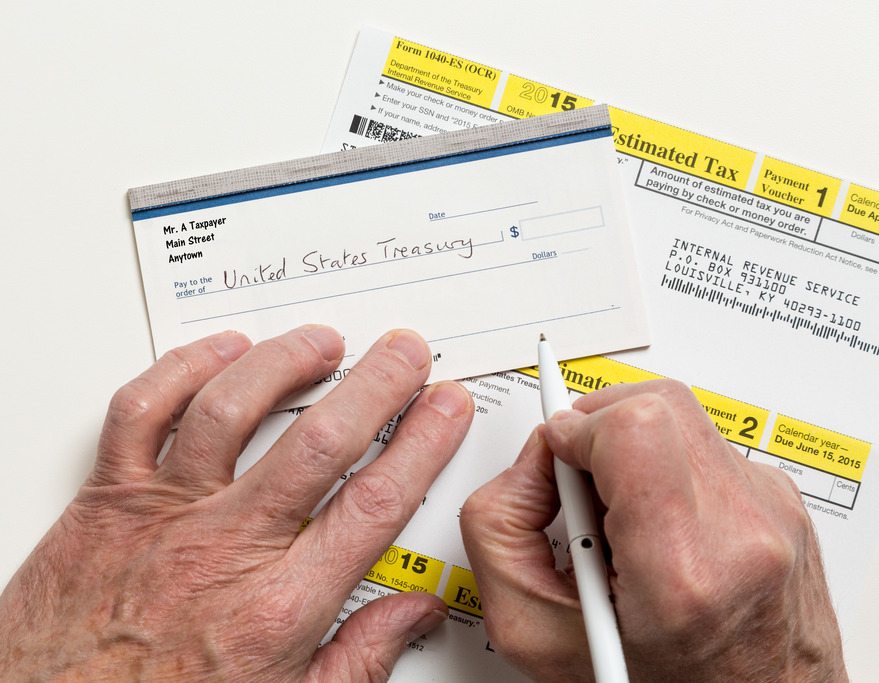As a business owner, there is a lot for you to keep in mind. One item often overlooked, especially by those just starting out, is taxes. Until the tax bill comes due, many business owners don’t realize just what they owe — and many don’t think about the need to pay quarterly taxes throughout the year.
“Anytime you have an income that is not subject to withholding, you need to pay quarterly taxes,” says Ed Snyder, CFP®, the founder of Oaktree Financial Advisors. He points out that this income includes income from self-employment, as well as from interest and dividends, and prizes and awards.
If you don’t have someone else withholding taxes from your paycheck, you probably need to pay your taxes on a quarterly basis. “You may also need to pay estimated tax if the amount of income tax being withheld from your salary, pension, or other income is not enough,” he continues.
Snyder says that, in most cases, you need to pay estimated tax if you expect to owe at least $1,000 in tax. If you don’t make your quarterly payments on time, instead waiting until tax time to make one lump sum payment, the IRS can charge interest and penalties for missing your regular payments. In order to avoid that extra expense, it’s a good idea to plan ahead for paying quarterly estimated taxes.
Planning Your Quarterly Estimated Tax Payments
The IRS understands that business owners are likely to earn more money one year than another, so there are ways around paying interest and penalties, even when your tax bill amounts to more than $1,000. As long as you pay 90% of the tax shown on your current year tax return, or 100% of the tax shown on your prior year tax return, you can escape penalties — as long as you have been paying quarterly.
Snyder points out that the easiest way to figure your quarterly estimated payments is to pay 100% of your prior year’s tax amount and divide it by four. Quarterly payments are due on April 15, June 15, September 15, and January 15.
“You should be keeping your business financial statements updated throughout the year,” Snyder says. “By doing a quarterly tax liability calculation, you can do some tax planning throughout the year.”
This means that you can stay on top of whether or not you are on track to owe more in taxes than you did the previous year — and adjust your quarterly payments accordingly. On top of that, Snyder points out that being on top of the situation allows you to look for deductions and credits throughout the year, rather than rushing everything at the end.
One of the best ways to manage your quarterly estimated payments is to create a monthly payment schedule. Make an automatic transfer from your checking account into a special savings account set up for your tax payments. If you owed $6,000 in taxes last year, that works out to $500 per month. Transfer that money automatically so that you don’t have to worry about. The IRS has an electronic payment system, and it’s possible to schedule payments so that they come out of your “tax fund” automatically. This way, you set aside money in a way that is manageable, and you don’t have to worry about missing deadlines.
“You’ve got to budget your cash flow to know the money will be there when the tax due date comes,” says Snyder. He recommends keeping good records, and staying on top of your situation. “Without proper bookkeeping, you don’t stand a chance.”
In the end, it makes sense to set up a regular schedule for planning your quarterly estimated tax payments, and ensuring that you are ready to pay. You’ll keep your business cash flow moving smoothly, and keep the IRS happy.




